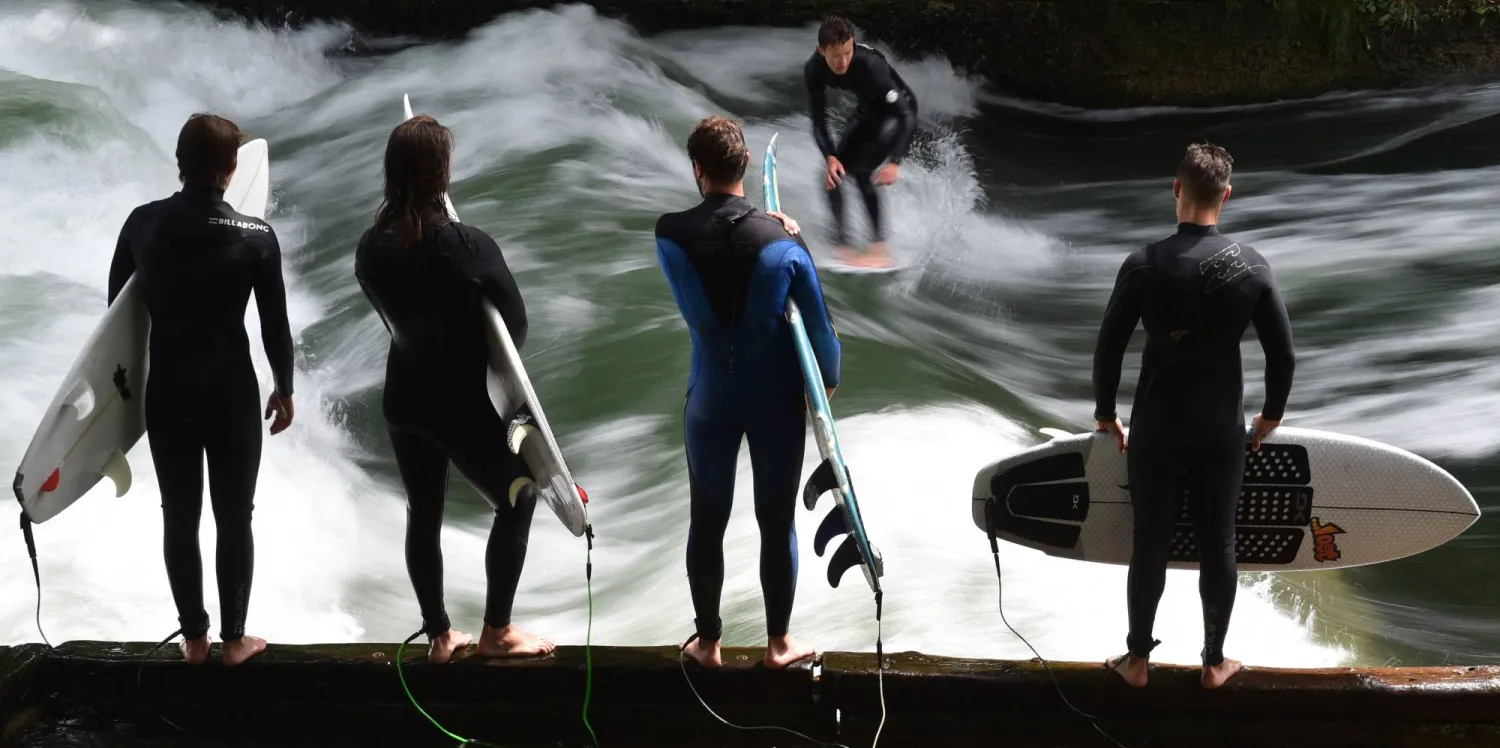Five new hires are selflessly roaming the halls of one of the world’s busiest transportation hubs, hoping to provide a paw-sitively stress-free travel experience for anxious passengers.
Meet Istanbul Airport’s therapy dogs — always ready to offer support with snuggles, belly rubs and sloppy kisses.
The Associated Press caught up with Kuki and Alita, two of the dogs taking part in the pet-friendly airport’s new pilot project aimed at easing stress and anxiety among travelers.
All four-legged members of the program are certified therapy dogs, professionally trained and conditioned to comfort humans.
The “Therapy Dog Team” has been on duty since late February following months of preparation and intensive training, learning desensitization to distracting stimuli, like sounds and people.
“We have to ensure that they are safe and they are 100% adapted to all environments,” said Kadir Demirtas, Istanbul Airport’s customer experience manager.
Kuki, a Lagotto Romagnolo, an Italian retriever breed, is team captain. He works hard to please but likes his breaks and sometimes plays hooky.
That's OK, however.
The team’s veterinarian said each dog’s temperament dictates their hours on the job each day.
“They walk around the airport led by their handlers who are also responsible for their care,” said Volkan Arslan.
The dogs, who are airport employees with official badges and uniforms, have a set schedule and work during peak travel hours, from 10 a.m. to 4 p.m.
Alita, a border collie, is Kuki’s teammate. Her intense gaze and dedication to her handler are striking, as is her ability to soothe and calm nerves.
“We are always surrounded by people who are constantly petting her," said Volkan Gul, Alita’s dedicated handler, adding that she helps them relax.
Airport officials said they already have plans to expand the pilot project following initial positive feedback from travelers.
Associated Press







